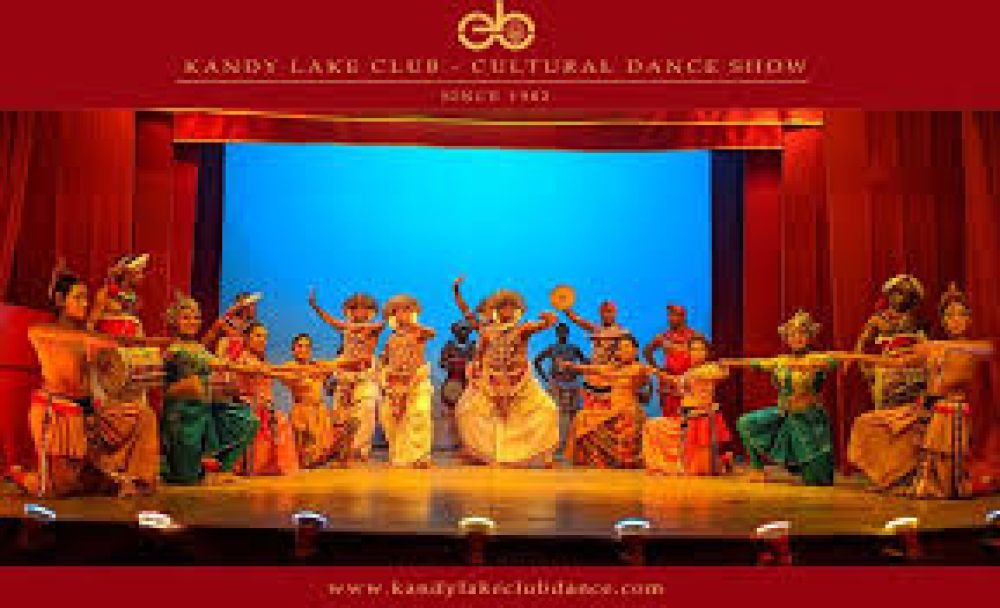

The city of Kandy, situated in the central province of Sri Lanka, is renowned for its rich cultural heritage and history. As a pivotal element of Kandy's tourism, the Kandy Cultural Show has emerged as a significant attraction that provides visitors with an immersive insight into the traditional arts and crafts of the nation. The origins of these performances can be traced back to ancient rituals and ceremonies which have been an integral part of Sri Lankan culture for centuries.
Historically, Kandyan dance, which forms a crucial part of the cultural show, is believed to have originated in the 4th century during the period of the Kandyan kings. The iconic Kandy Esala Perahera, an annual procession to honor the Sacred Tooth Relic of the Buddha housed in the Temple of the Tooth (Sri Dalada Maligawa), showcases these cultural dances. However, the regular cultural shows for visitors started becoming popular with the increase in international tourism in the latter half of the 20th century.
The Kandy Cultural Show is typically a vibrant spectacle of Kandyan dance, drumming, and various other cultural performances. Each performance during the show tells a different story from Sri Lankan folklore and mythology, enthralling audiences with expressive dance moves and captivating music.
Shows are held daily in the evening, allowing visitors to witness a variety of acts such as the Pooja Dance, the Cobra Dance, the Ginisila (showing power over fire), and the Raban Dance, with performers wearing elaborate traditional costumes. The cultural show culminates with a dramatic fire walking act, where performers demonstrate their faith and physical endurance.
Tourism in Kandy began to flourish significantly in the 19th century during the British colonial period. Colonial infrastructure, like the railway connecting Colombo to Kandy, made the city more accessible, and the British also began developing Kandy as a hill-country retreat. With its temperate climate, scenic beauty, and rich cultural traditions, Kandy became a favored spot for both colonialists and local travelers.
In recent years, Kandy has adapted to the evolving demands of the global travel industry. Sustainable tourism has become increasingly important, with initiatives to preserve the city's historical sites and natural environment. Ecotourism, agro-tourism, and community-based tourism have gained popularity, spotlighting the rich biodiversity surrounding Kandy and the traditional lifestyles of its communities.
Technology Integration has also transformed tourism in Kandy. Tourists can now experience virtual tours of the city's heritage sites, and many service providers offer online booking for accommodations and activities, including tickets to the Kandy Cultural Show.
Moreover, in response to the global health crisis, Kandy has adopted health and safety protocols to ensure a safe environment for travelers, making it a resilient tourism destination. Thus, with its ancient traditions and contemporary adaptations, Kandy continues to captivate tourists from all over the world.